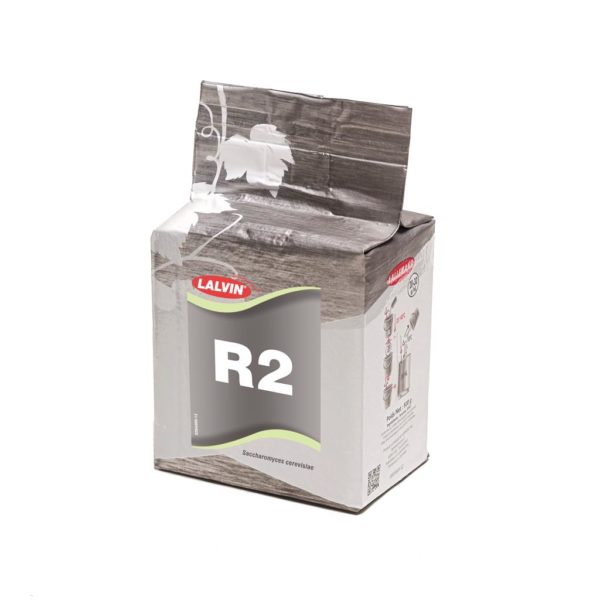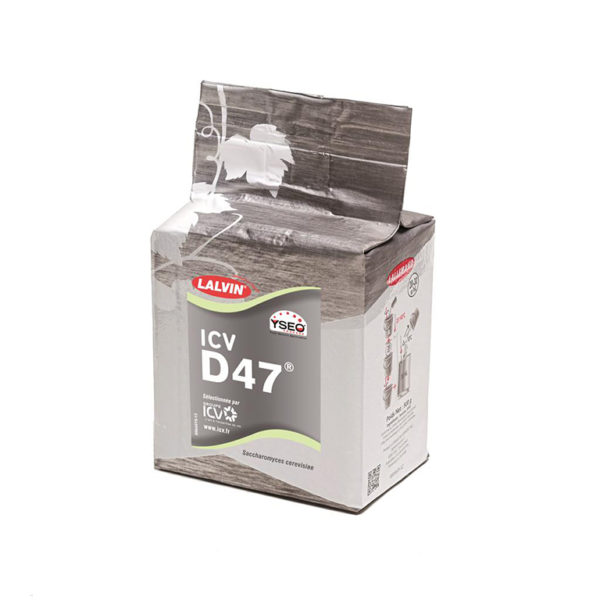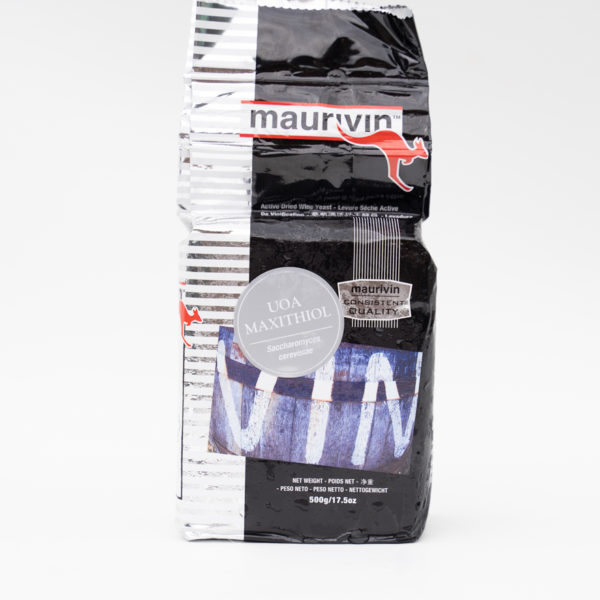It is an excellent choice for secondary fermentations of sparkling wine.
Ferments well at low temperatures and flocculates with compact lees. Under low nutrient conditions EC1118 can produce high amounts of SO2 (up to 50 ppm) and, as a result, may inhibit malolactic fermentation.





